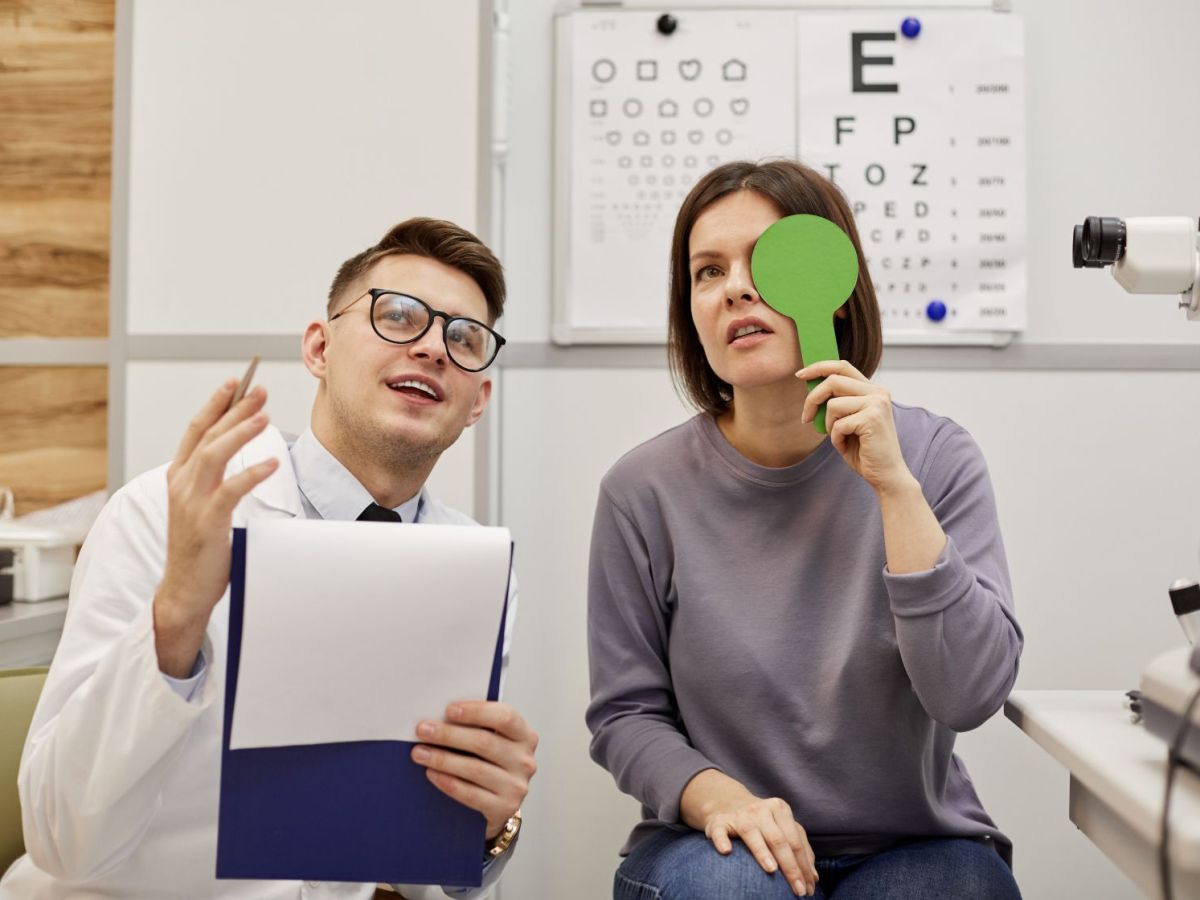In car driving terms this is equivalent to your passengers seeing the problem before you do.
Your eyes are your most important aid to safe driving and it may surprise many of you to know that the eyesight requirements today have not changed (apart from a change from ft. to metres) since they were set up in 1934 !! Apart from checking when taking your test that you can see a number plate at 25m. there is no further requirement in the U.K. and only a cursory check in Portugal. Apart from the obvious, of enabling you to see, your eyes have two other important functions – to enable you to judge distances and to control the amount of light entering your eyes.
Judgment
Ideally, you should have two good eyes because as a viewed object gets closer your eyes converge onto it and your brain can interpret minute angular changes into distance. Hence, if you only have one eye or a 'lazy' eye your judgement of distance is impaired and you need additional clues as to distances such as relative sizes and speeds. You will notice when driving that objects close such as the verges pass much faster than the cows in the adjoining field and these cows in the nearest field looks bigger than the ones on the distant hill. This is also why in an accident things seem to happen so quickly at the last moment.
The amount of light entering your eyes is controlled by changes in the pupil ( the black hole in your eyes surrounded by the coloured iris) which constricts in bright light and expands in poor light. For daytime driving, this is relatively unimportant but at night time it becomes critical. To illustrate this imagine driving along an unlit road with your pupils dilated and you meet an oncoming car with headlights on – unless your pupil reacts quickly you will blinded by glare from too much light – then after it passes you will be blinded by your constricted pupil not allowing enough light to enter your eyes. Up to the age of 40, this reaction is almost instantaneous but thereafter it slows down until the age of 65 I would recommend night driving only if necessary and only in well-lit areas.
Vision checks
My strong recommendation is for drivers to have their vision checked every two years up to the age of 45 and every year thereafter particularly nowadays when many optometrists offer a 'free' eye test in the hope of selling you an expensive pair of spectacles. If you are worried about cost you can ask the simple question “ Can you advise me if my eyes meet the legal standards for driving ?”
From the age of 50 onwards a full examination with an optometrist/ophthalmologist is advisable to check for increasingly common eye defects such as cataracts, glaucoma or macular degeneration which can all cause severe deterioration in your driving standards.
Regarding using your eyes properly you should be looking ahead about 50m. - things much closer and it is too late, things farther and you have adequate time for avoiding action. At night time the general rule with oncoming headlights is when you dip your headlights dip your eyes to the near (passenger) side – this avoids glare, you can position yourself from the kerb side and any problem, such as a child running out or an elderly person trying to cross will come from that direction.















